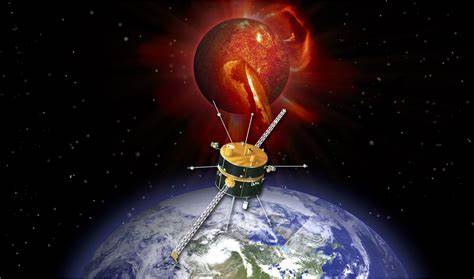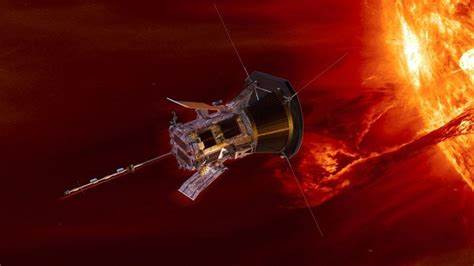First mission to ‘touch’ the sun makes key discovery

A solar mission that has been circling the sun to learn more about it has flown close enough to our star’s surface to make an important discovery.
Data from the Parker Solar Probe have revealed the origin of solar wind, a stream of charged particles that travels from the corona, or the sun’s hot outer atmosphere, toward Earth.
Finding out how the wind forms near the sun and how it escapes the star’s gravity was one of the main goals of the mission, which was launched in 2018 and named for the late astronomer Eugene Parker.
The probe’s instruments detected fine structures of the solar wind near the photosphere, or the solar surface, where it originates as it approached the sun and captured fleeting details that disappear once the wind is blasted from the corona as it approached the sun at a distance of about 13 million miles (20 point 9 million kilometers).
The mission, which took place in late 2021, was the first to “touch” the sun.
The spacecraft was specifically created to eventually fly within 4 million miles (6.4 million kilometers) above the solar surface.
There have been more reports of solar flares and the northern and southern lights appearing in unexpected places as the sun approaches its solar maximum in July 2025.
Fortunately, the Parker Solar Probe and Solar Orbiter missions are in an ideal position to observe the dynamic, powerful forces at work on the sun.

However, scientists are grateful that the Parker Solar Probe was able to launch during the quieter solar minimum, before the sun’s escalating dramatics, when chaotic activity did not have a chance potentially obscuring data.
“There was some consternation at the beginning of the solar probe mission that we’re going to launch this thing right into the quietest, most dull part of the solar cycle,” said author Stuart D. Bale, a professor of physics at the University of California, Berkeley. “But I think without that, we would never have understood this. It would have been just too messy. I think we’re lucky that we launched it in the solar minimum.”
Source-CNN


